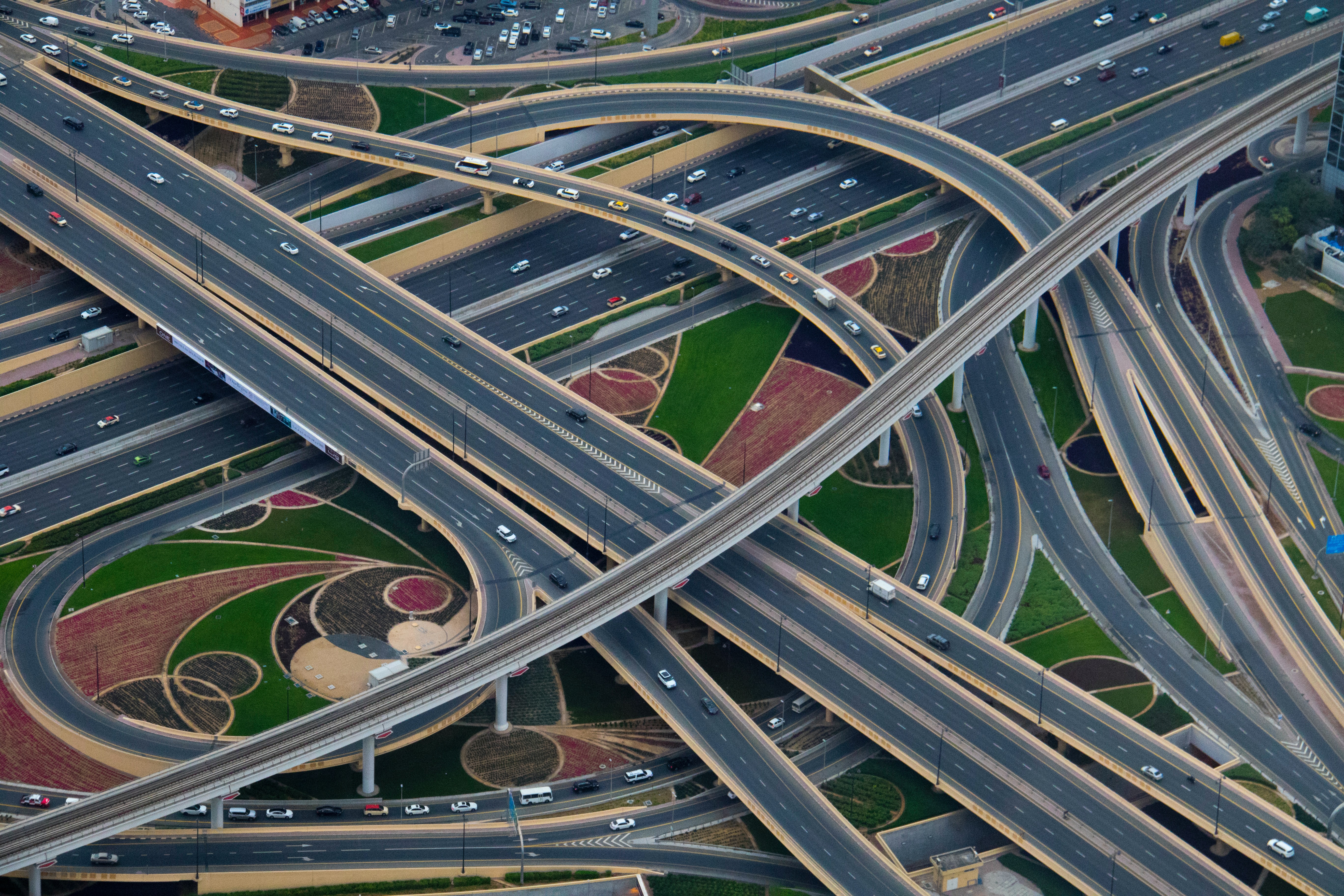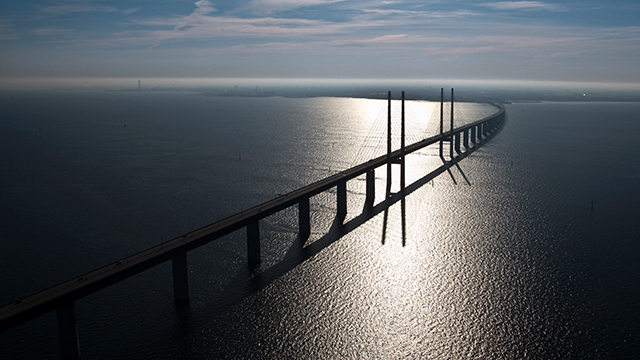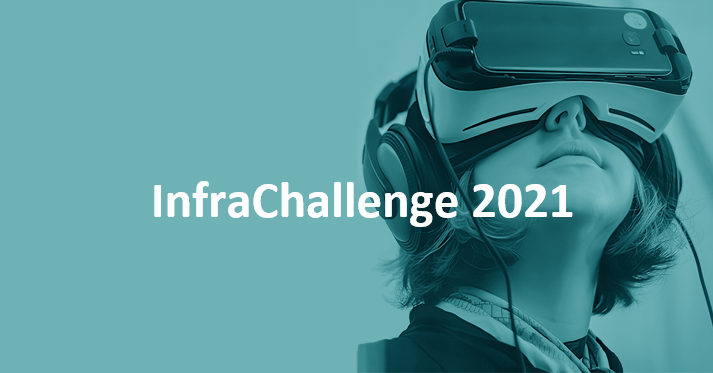983 results found
Featured results



More results
Discover how you can get involved with InfraChallenge 2021, applications close 12 March.
The Global Infrastructure Hub (GI Hub) strives to be an organisation where the different backgrounds and perspectives of our people contribute to diversity of thought and approach, enabling us to better live our values and achieve our mission. This diversity includes gender diversity with an awareness of our particular ability to bring attention to the need for gender equality and inclusion in infrastructure.
Policy and regulatory implications of recent advances in the benchmarking of infrastructure investments.
As stimulus spending ramps up, a ten-year trend study shows private investment in new infrastructure has declined since 2010.
A recent webinar co-hosted by Jacobs and the Global Infrastructure Hub focused on turning inclusivity frameworks into practical results in infrastructure planning and delivery.
A recent webinar co-hosted by Jacobs and the Global Infrastructure Hub focused on turning inclusivity frameworks into practical results in infrastructure planning and delivery.
Cross-border infrastructure is essential for connectivity. The GI Hub has created a reference guide that presents key learnings and global practices for successful cross-border projects, drawing from a comprehensive literature review, analysis of case studies and the input of international experts in cross-border projects.
The future of infrastructure mega-projects was explored recently by an international panel of experts in a webinar co-hosted by the Columbia University School of Professional Studies and Global Infrastructure Hub. The event took place as the global community begins looking towards a period of post-pandemic recovery and what the future of infrastructure may look like.
InfraChallenge is looking for practical and scalable tech-based ideas for building and maintaining better, more resilient infrastructure.
How can hospital PPPs learn from the past to adapt for a post-COVID world?
As issues such as energy security, environmental protection and climate change become increasingly prominent, accelerating the development of new energy has become the general consensus and concerted action of the international community in order to promote energy generation transformation and address climate change.
Taiyuan, like most northern cities in China, faces a serious shortage of clean heating and heat sources. Under the double pressure of environmental protection and people's livelihood, the Taiyuan government has adopted a low-cost, low energy consumption, environmental protection, which takes into account environment, peoples? livelihood and safety such as the Gujiao power plant, a long-distance transmission heat supply project using waste disposal heat.
Parties involved (public and private): The investment and construction of the project follows a "1 + 1 + X" model for investment and construction: 1 is the power company, 1 is the local government platform company, X is the social capital, which together forms the formation of multi-party joint platform company
Since the large-scale construction project was started in 1979, the Beijing Natural Gas Utilization System Project’s total investment has exceeded 30 billion RMB
Construct and operate 9 sections of expressway.
The project covers four towns around the county, benefiting 13,300 households and 126,300 people.After the implementation of the project, the average annual water saving is 21.58 million m3, and the water saving rate is 48.6%.
The project includes three subprojects: transfer solid waste to electricity, transfer food leftovers to biogas, transfer food leftovers to biodiesel.
Erhai Lake, whose basin area is 2,565 square kilometers with 117 rivers flowing into the lake, is the main drinking water source of the City of Dali, covering 16 villages and towns of Dali with a population of 833,000 people.
This map summarizes information on the connectivity of 67 important South Asian cities concerning infrastructure networks.




 InfraChallenge
InfraChallenge









